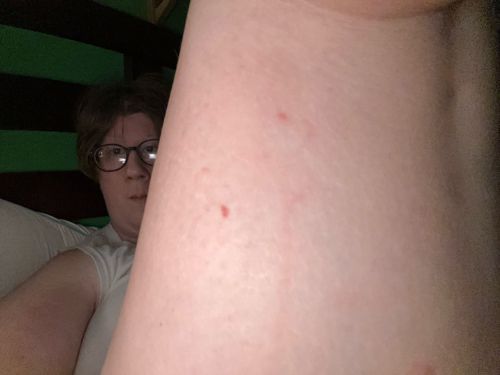Mosquito
Scientific Name: Aedes spp., Anopheles spp., Culex spp. (general classification)
Order & Family: Order: Diptera, Family: Culicidae
Size: Typically 3 to 6 mm (0.12 to 0.24 inches) in length

Natural Habitat
Mosquitoes are found worldwide in various habitats, especially near standing water sources such as ponds, marshes, ditches, and artificial containers, which are essential for their larval development.
Diet & Feeding
Female mosquitoes feed on blood to obtain protein for egg production (hematophagy). Both male and female mosquitoes feed on plant nectar and other sugar sources for energy.
Behavior Patterns
Mosquitoes are most active during dawn and dusk but can bite at any time. Females lay eggs in standing water. Males feed on nectar. Their flight is characterized by a distinctive high-pitched buzzing sound.
Risks & Benefits
Risks: Mosquitoes are significant vectors of numerous diseases, including West Nile Virus, Zika Virus, Dengue Fever, Malaria, and Chikungunya, posing a considerable global public health threat. Their bites can also cause itchy welts. Benefits: In their larval stage, they can be a food source for aquatic animals; adult mosquitoes can act as pollinators to some extent, though their primary ecological role is as a food source for various predators like birds, bats, and other insects.
Identified on: 9/4/2025